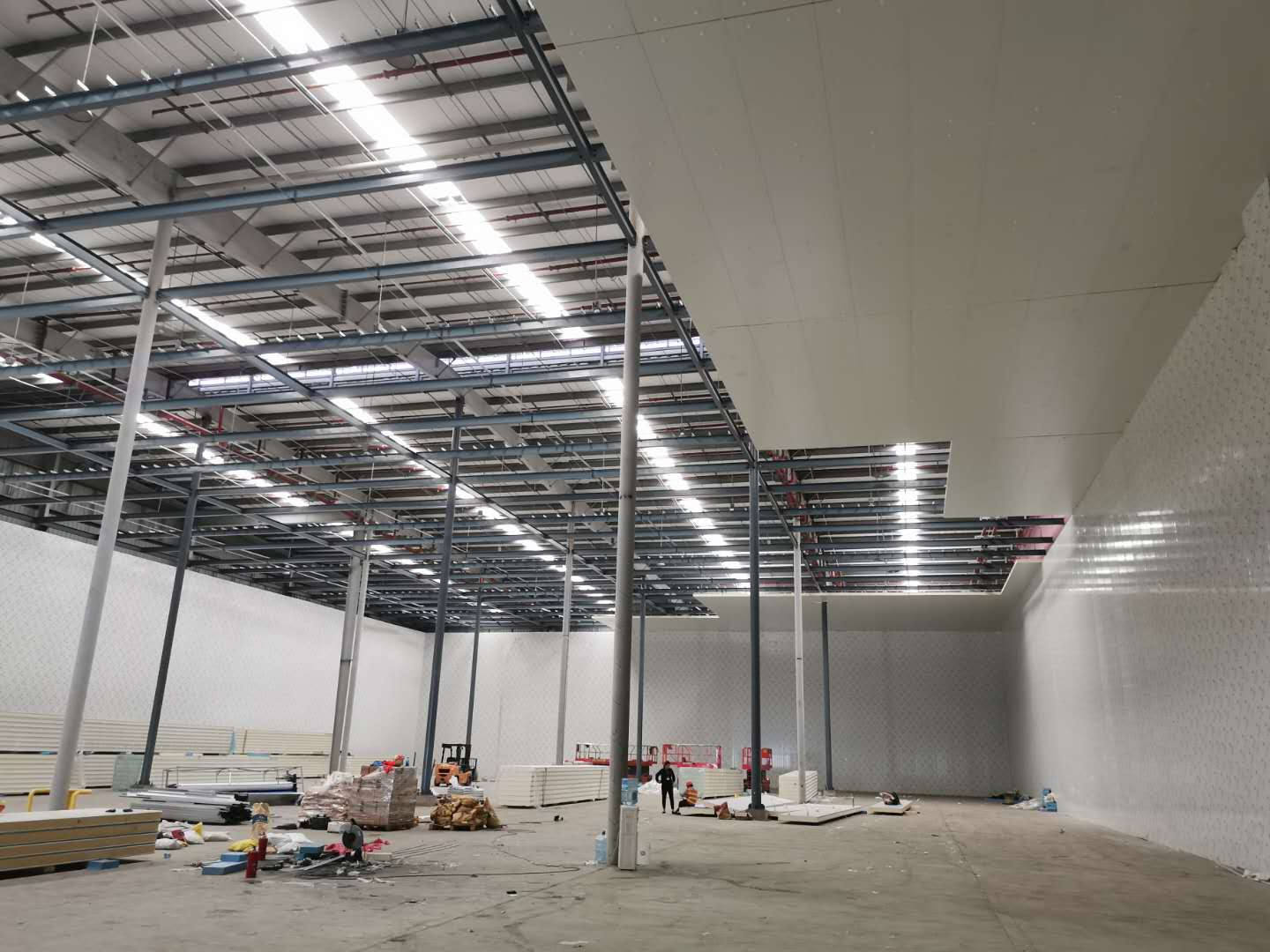Introduction to the structure of the medium-sized cold storage.
The structure of the medium-sized cold storage is mainly composed of the maintenance structure and the load-bearing structure. It refers to the main components that bear the quality of each part of the building and the building itself, such as roof trusses, beams, floors, columns, foundations, etc., which constitute the building Power transmission system. The enclosure structure should have good heat insulation and moisture-proof effects, and can withstand the invasion of wind and rain outside the warehouse.

The load-bearing structure is earthquake-resistant, supporting external wind, snow, self-weight, cargo and loading and unloading equipment. Foundation and foundation: medium-sized cold storage foundation should have good moisture resistance and antifreeze performance, and should have sufficient strength.
Columns and beams: There should be fewer columns in the cold storage, and the span of the column network should be large. Use a small cross-section as much as possible to occupy less space and improve the utilization rate of the cold storage. Cold storage buildings are different from general industrial and civil buildings. It is not only restricted by the production process, but also restricted by the temperature difference inside and outside the cold storage and the partial pressure difference of water vapor.

According to the different nature of the cold storage, the inside of the cold storage building The temperature range of -40~0℃ is often set, and the exterior of medium-sized cold storage buildings often fluctuates periodically with the change of outdoor environment temperature. In addition, the production of cold storage requires frequent opening of the door to cause heat and moisture exchange inside and outside the storage, etc., prompting cold storage buildings to adopt corresponding measures. In order to adapt to the characteristics of cold storage, this is also the feature that distinguishes cold storage buildings from ordinary buildings.

